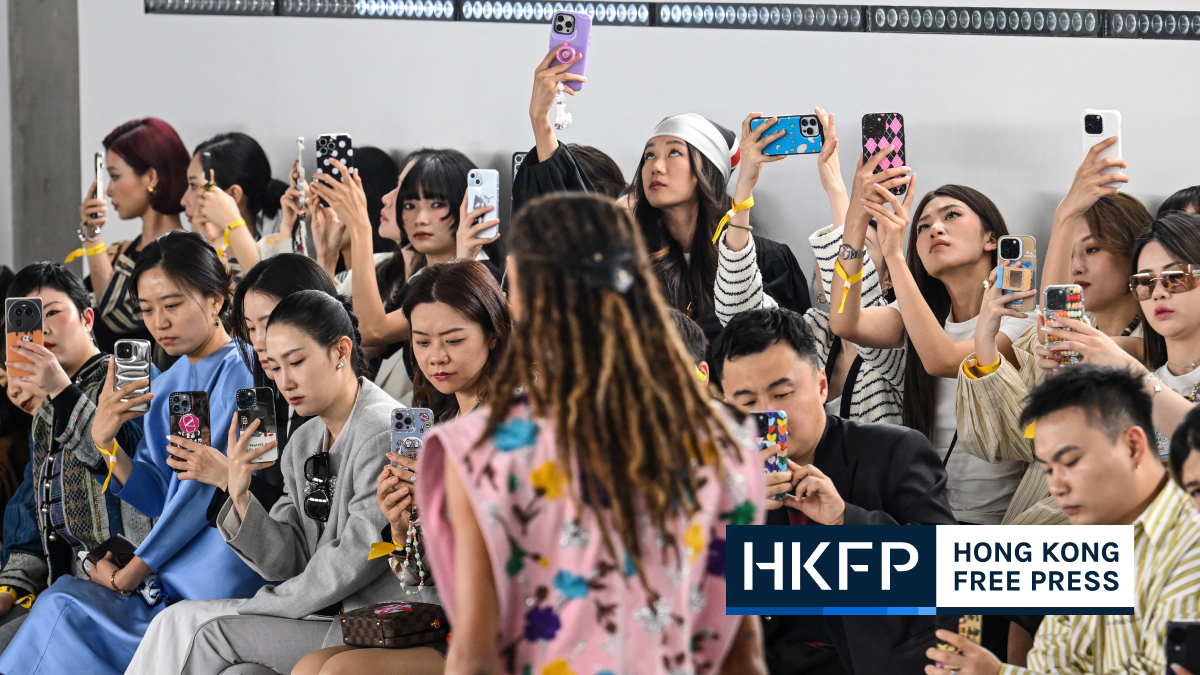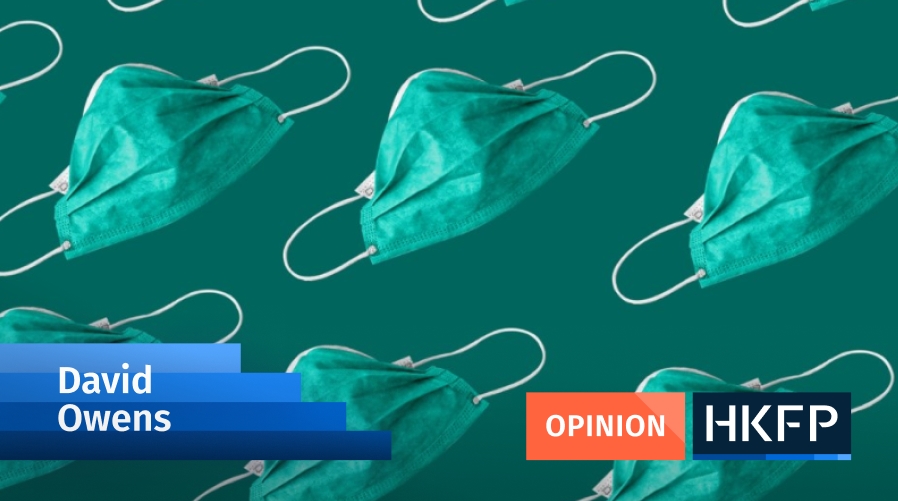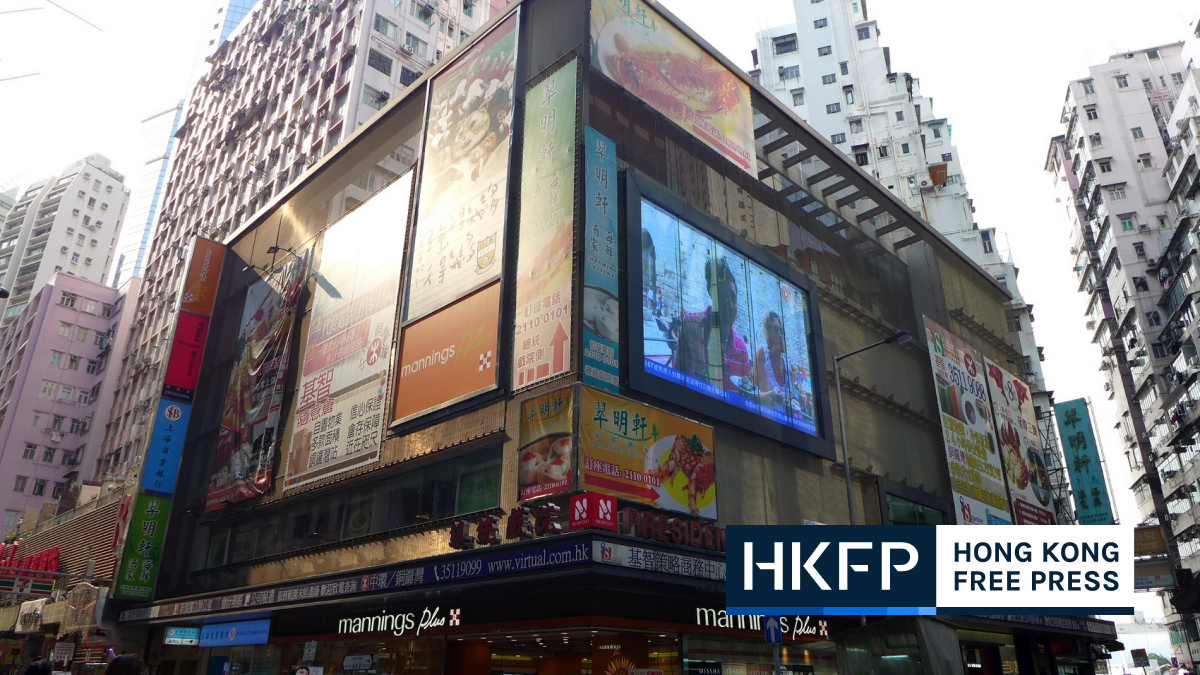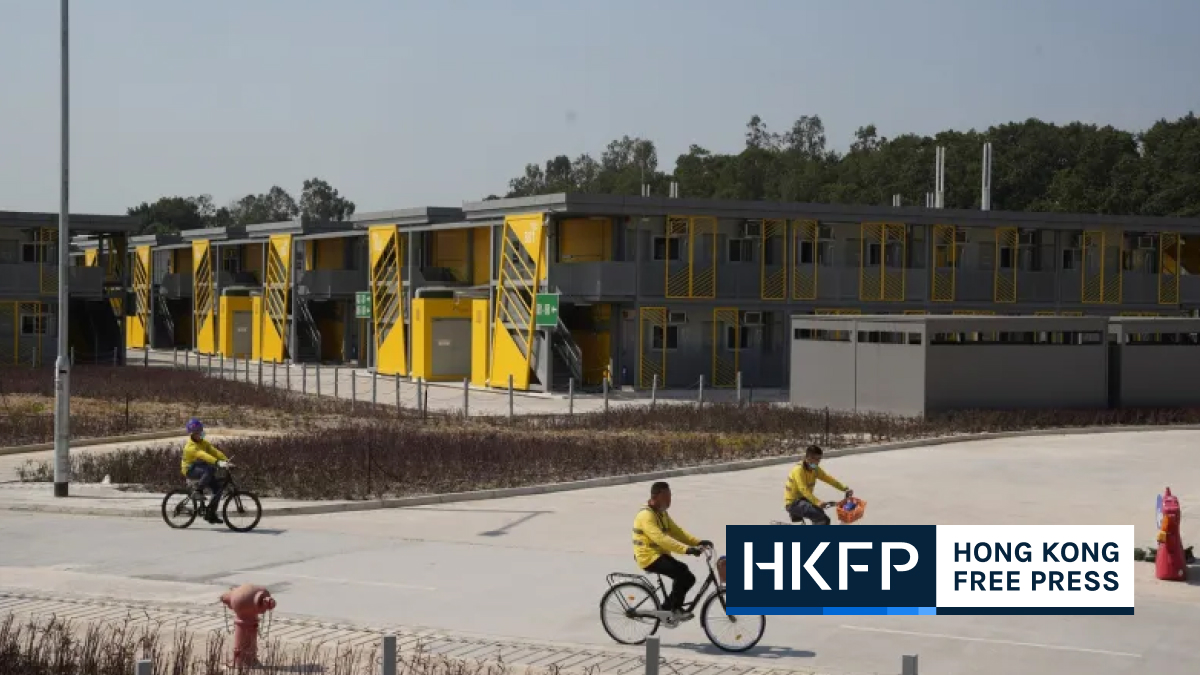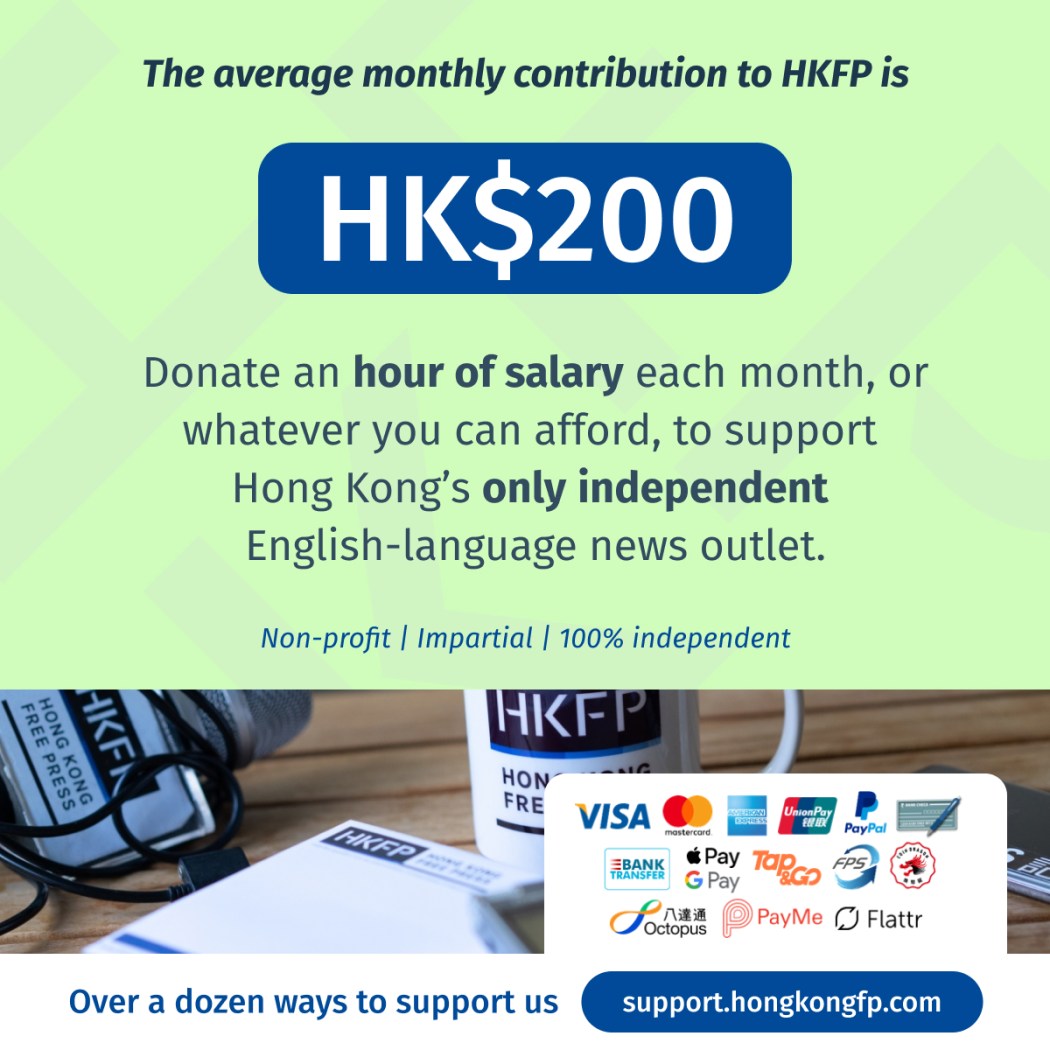Lan Kwai Fong was one of the world’s great nightlife areas when I arrived in Hong Kong in 1995.
These were the heady years before Hong Kong’s handover in 1997, and the drinking and dining district that had sprouted up in two run-down Central backstreets was at its peak.
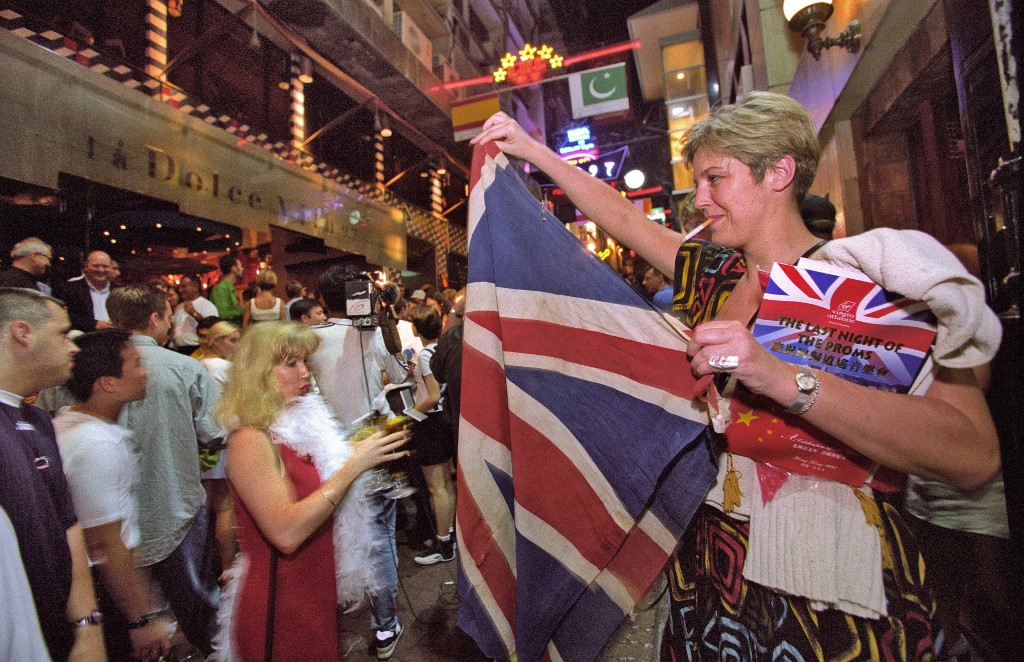
Tourists and locals alike thronged bars such as California, Club 97, Yelts Inn and Le Jardin. And they came in such huge numbers that on New Year’s Eve in 1992, a stampede on the jam-packed streets left 21 people crushed to death in a crowd estimated at up to 20,000 strong.
It was crazy, carefree and unique. Patrons spilled out of bars onto the streets, and the sense of camaraderie, of being part of an enormous but exclusive party, was incredible.
Emma Sebrof
Now, the district is a shadow of its former self and the roaring ‘90s a distant memory. A visit to the district during happy hour on May 1 – two days after bars were allowed to re-open after a five-month shutdown – found about a quarter of ground-floor venues shuttered and the survivors lucky to have more than one table occupied.
The loss of business caused by the double whammy of the 2019 protests and the government-ordered shutdowns during the ongoing pandemic were the final nails in the coffin for many venues, but Lan Kwai Fong had been losing its lustre for years before that.

“The gradual change in Lan Kwai Fong over the years since the handover mirrors the evolution of Hong Kong as a city in general,” said Emma Sebrof, group general manager of Eclipse Hospitality Group, which recently closed its Lan Kwai Fong venues Café Siam and Havana Bar.
“The ‘90s were the ‘90s and you cannot turn the clock back.”
What went wrong in Lan Kwai Fong?
Many former venue operators and industry veterans we spoke to recently all pointed to the same problems: the proliferation of 7-Eleven outlets, competition from newer nightlife areas such as SoHo, the construction site resulting from the redevelopment of California Tower from 2011 to 2015, the anti-government protests and the pandemic – plus, the endless increases in rent.

Lan Kwai Fong is a rectangular district comprising the upper stretch of D’Aguilar Street and the smaller, L-shaped Lan Kwai Fong lane. In the years before and immediately after the war, the area was dominated by flower sellers – as suggested by the translation of its name, “orchid square” – and marriage brokers.
The story of modern Lan Kwai Fong started in 1978 when the famed nightclub Disco Disco was opened in a basement on then-dilapidated D’Aguilar Street by the late impresario Gordon Huthart, who dreamed of turning the surrounding area into a local version of Tokyo’s Ginza district.
Allan Zeman, the name now most associated with Lan Kwai Fong, opened California Restaurant further down on D’Aguilar Street in 1983. He bought the entire block the following year, marking the beginning of his dominance of the district.

Zeman’s Lan Kwai Fong Group drove the development of the area during the following decade and it remains the biggest landlord in Lan Kwai Fong, controlling a reported 65 per cent of properties.
Initially, upmarket venues such as Club 97 happily co-existed with unpretentious and wallet-friendly alternatives such as Club 64, but steady increases in rent eventually forced out the more affordable venues. What was left was a homogenised series of cookie-cutter venues with the highest average drink prices in the world’s most expensive city.
“I remember Lan Kwai Fong in the 1990s as being vibrant and energetic, packed with Hongkongers and expats, tourists and businessmen,” Sebrof told HKFP. “Corporate credit cards were everywhere, funding wild nights out. Long lunches every Friday were the norm, and nobody went back to the office – the party continued into the weekend.
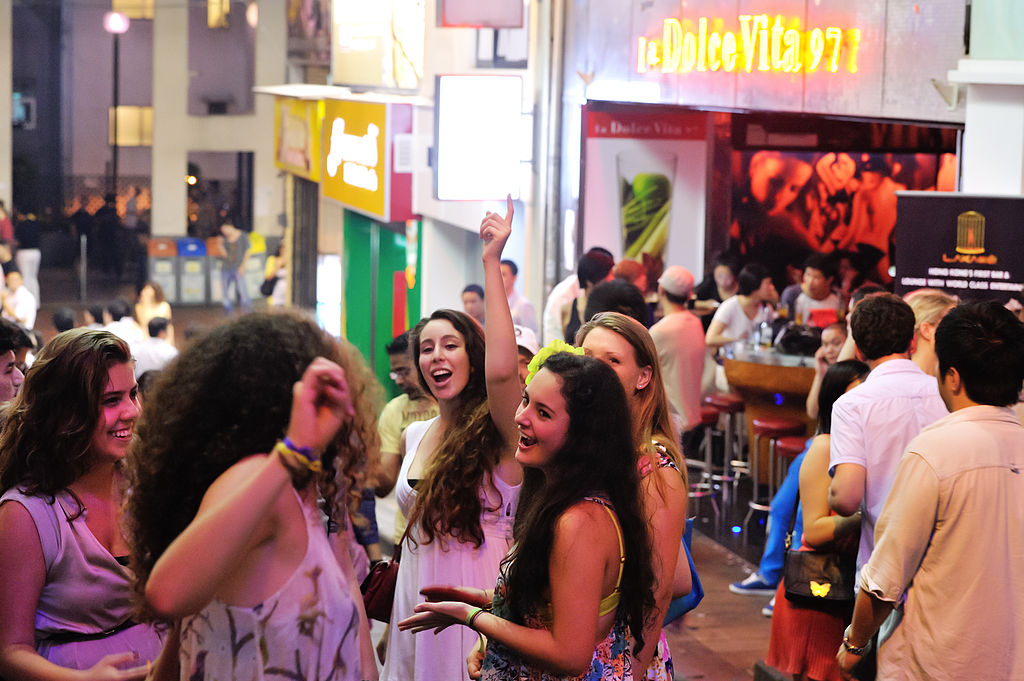
“It was crazy, carefree and unique. Patrons spilled out of bars onto the streets, and the sense of camaraderie, of being part of an enormous but exclusive party, was incredible. People worked hard and played harder in those days – a cliché I know, but that was what Lan Kwai Fong was all about.”
Simon O’Reilly had similar experiences while working as a barman at venues such as F-Stop and the Acropolis during the 1990s.
“Lan Kwai Fong – and Hong Kong’s nightlife scene in general – was at its peak leading up to the handover. We stayed open until 6am and were packed most nights. Holidays such as Halloween and New Year’s Eve were completely jammed. People were spending more, drinking more and tipping more.”

Change came swiftly to Lan Kwai Fong after the handover on July 1, 1997. The Asian Financial Crisis officially started the next day with the collapse of the Thai baht. The constant supply of casual labour from backpackers dried up. And the cooler, hipper SoHo district up the hill started pulling in more discerning drinkers and foodies in the final years of the millennium.
“There has been a shift towards neighbourhood outlets” such as SoHo and Kennedy Town, said Scott Wrayton, former manager of Schnurrbart, which closed in 2018.

“This has just been reinforced with the events of the past two years and I believe that people’s dining and entertainment habits have changed for good. Sure, there is still a crowd that longs for those Lan Kwai Fong nights, but there are so many other options now.”
Club 7-Eleven
The first seismic shift in Lan Kwai Fong started when 7-Eleven arrived in the early Noughties. There are now three 7-Eleven outlets (and one Circle K) in the area, all stocking a suspiciously wide range of alcoholic drinks that is unusual for the convenience store chain.
“The introduction of 7-Eleven stores selling cheap alcohol in a nightlife and entertainment area was a blow to many bars who lost a lot of business. Patrons still drank their beers on the street and enjoyed the vibe of Lan Kwai Fong, but made no contribution to the revenue of the bars,” said Sebrof.

“I remember the first one opening next to Al’s Diner,” Wrayton told HKFP. “All of a sudden everyone out on the street was just buying drinks from the 7-Eleven. Why wouldn’t you?”
Richard Feldman, former owner of Al’s Diner and current chairman of the SoHo Association, blamed the opening of that first 7-Eleven for the closure of his venue.
“Let’s be honest: 7-Eleven is for all intents and purposes running a form of bar in Lan Kwai Fong, as well as Wan Chai and SoHo,” said Feldman, also a former chairman of the Lan Kwai Fong Association. “It sells liquor without the need for a liquor licence, which is absurd.

“And most troubling and in my view dangerous of all, it is not subject to the anti-Covid measures that all other bars and restaurants are required to follow. This is shameful and puts the Hong Kong public at risk.”
The redevelopment of the 12-storey California Entertainment Building and California Tower into a single 25-storey complex was something of an own goal for the Lan Kwai Fong Group, turning a substantial part of the district into an unappealing construction site between 2011 and 2015.
“When California Tower was redeveloped, this had a big impact on the area and we started to notice a big downturn in business,” said Wrayton.
“Lan Kwai Fong was a horrible building site in a prime location for a long time and lost its vibe and soul,” said Phil Murphy, a veteran player in Hong Kong’s nightlife industry. “Its proximity to the real CBD of Central worked in its favour for many years, but inevitably this prime land was always going to be too valuable to not redevelop.”

However, a spokeswoman for the Lan Kwai Fong Group denied there was significant disruption to business during the California Tower redevelopment as “construction was done during the day”.
“In fact, the redevelopment has further upgraded the district. Upon completion, it has attracted a lot of international brands to Lan Kwai Fong.”
Covid-19
More recently, the successive crises of Hong Kong’s anti-government protests and the coronavirus pandemic have resulted in an unprecedented number of bars and restaurants closing due to a lack of business.

Although the Lan Kwai Fong Group spokeswoman said the vacancy rate among the 130 venues in Lan Kwai Fong had remained constant at around 5 per cent, the shuttered storefronts now lining the streets tell a different story.
“Lan Kwai Fong suffered significantly because of the social unrest during the second half of 2019 and was then one of the first areas to develop a ‘cluster’ when members of a nightclub band tested positive for Covid in March 2020,” said Sebrof.
“When the government ordered the closure of bars and clubs, Lan Kwai Fong almost shut down due to the high density of these businesses in the area. These extended closures also had a devastating effect on restaurants located in Lan Kwai Fong, as there was no foot traffic, no people on the street. Dinner trade dwindled to almost zero.”
Sebrof said Café Siam and Havana were only able to survive the downturn for much of 2020 due to rent concessions from their landlord, the Lan Kwai Fong Group, and the government wage subsidy that helped cover payroll costs.
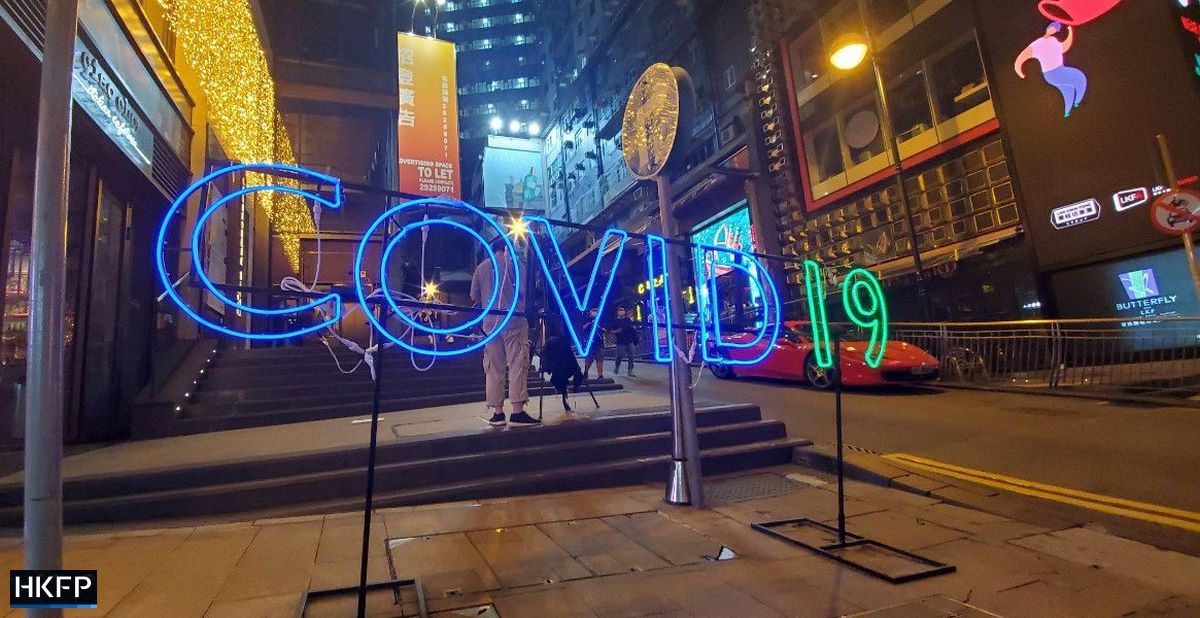
“Then, in March 2021, when restaurants were permitted to re-open for dinner service, we hoped for a return to business as usual, but were shocked that our [Café Siam] restaurant in Lan Kwai Fong saw almost no dinner trade at all. People didn’t come back to the area because the bars and clubs were still closed.
“The situation in Lan Kwai Fong now is dire. Many well-established operators will not survive this pandemic. It is a tragedy for Hong Kong.”
But all along, Lan Kwai Fong venue operators have faced a greater existential threat than a pandemic that has so far killed more than three million people worldwide: what O’Reilly describes as the district’s “rapacious landlords”.

Rent increases and greedy landlords are the death of bars and restaurants… There have been huge increases in rent in Lan Kwai Fong.
Simon O’Reilly
“Rent increases and greedy landlords are the death of bars and restaurants,” he said. “The rents are set as high as the landlord thinks they can be. The bar or restaurant has to come up with that money every month or be kicked out. Then, if the business does well, the landlord immediately puts up the rent, and the struggle starts again.
“There have been huge increases in rent in Lan Kwai Fong. To make ends meet, bars have to cut corners – such as hire fewer staff, raise the prices of drinks – which affects the customer experience and risks losing trade.”
Wrayton said there used to be somewhere for everyone in Lan Kwai Fong. “But as rents increased, the price of drinks had to as well. This pushed out many of the smaller operators, and forced those who were left to operate a certain model. Hence it now seems that everywhere is very similar there now, which to me makes it less appealing,” said Wrayton.
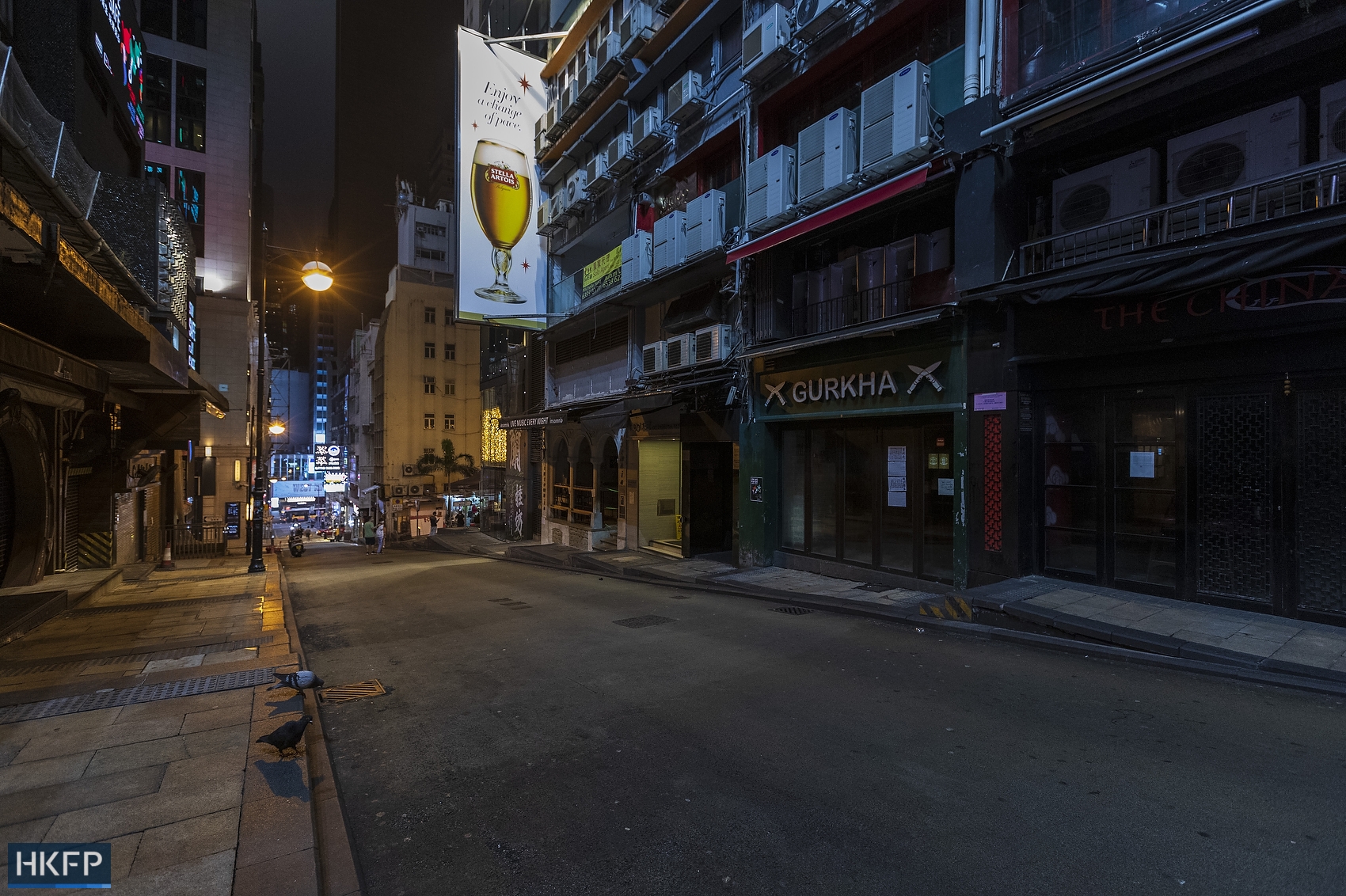
Sebrof points out that high rent is not just an issue for Lan Kwai Fong – it’s a problem all across Hong Kong. “In Lan Kwai Fong, the rent for a ground-floor bar or restaurant is staggering, but when business is booming operators can and will pay these prices,” said Sebrof.
“But I can say that high rents in Lan Kwai Fong brought about the end of many lower-priced watering holes, as higher drinks prices were needed to generate sufficient revenue to cover the higher rents.”
Gone days of glory
The LKF Group spokeswoman said rents in Lan Kwai Fong had increased at the same pace as at other major developments in Hong Kong and it was “normal to find this correlation in the economic development” of the city.
Feldman also downplayed the impact of rent increases in Lan Kwai Fong. “For every bar or restaurant that leaves Lan Kwai Fong, a new one comes in. Sometimes the concept is right and sometimes it’s wrong, but for the most part, everyone has to up their game”.
And Feldman remains confident in the future of Lan Kwai Fong. “One thing that still amazes me is Lan Kwai Fong’s ability to re-invent itself. There have been many peaks and certainly some valleys, and the market changes and the area adjusts to those changes with new and different operators or concepts. This constantly changing dynamic is what keeps Lan Kwai Fong new and exciting.”
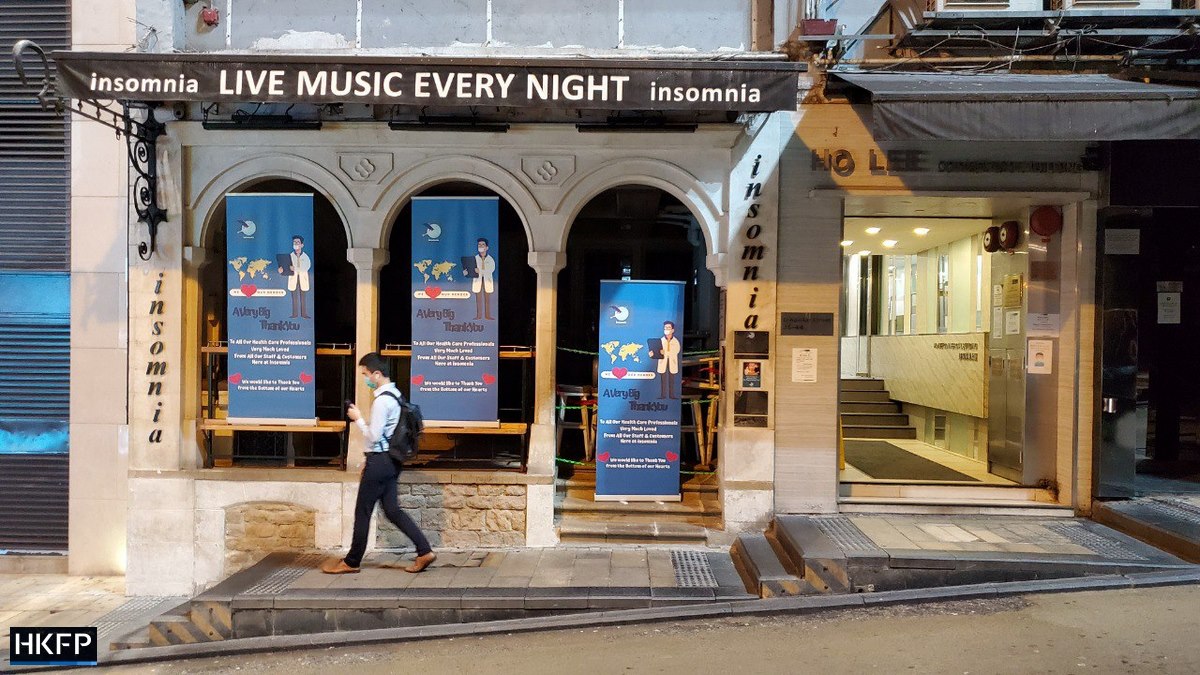
Sebrof agrees that Lan Kwai Fong should bounce back to the way it was before the protests and the pandemic. “The hospitality industry attracts ‘glass half full’ people, and I believe many new and optimistic bar and restaurant people will fill the empty spaces quickly, as soon as people return to the area. Lan Kwai Fong is a place for socialising and I don’t think the pandemic has changed that fundamental human need.”
During our visit this month, the only holdout from the pre-handover era we could find was Le Jardin, ensconced in a quiet alcove above “Rat Alley”, the laneway famed for cheap and cheerful eats that is now completely lined by shuttered stores. The bar’s drink prices don’t seem to have changed much since 1997 and the jukebox selection even less.
A barman said Le Jardin and Lan Kwai Fong in general had not seen a significant rebound in business since bars were officially allowed to reopen. He is quick to stop me when I start talking about the problems caused by Covid-19, saying: “This isn’t just about the virus – it’s been getting worse here year after year for a while.”
And does he see any hope of Lan Kwai Fong returning to those glory days of the pre-handover era? “No,” he said immediately. “Those days are gone.”
Support HKFP | Policies & Ethics | Error/typo? | Contact Us | Newsletter | Transparency & Annual Report | Apps
Help safeguard press freedom & keep HKFP free for all readers by supporting our team


